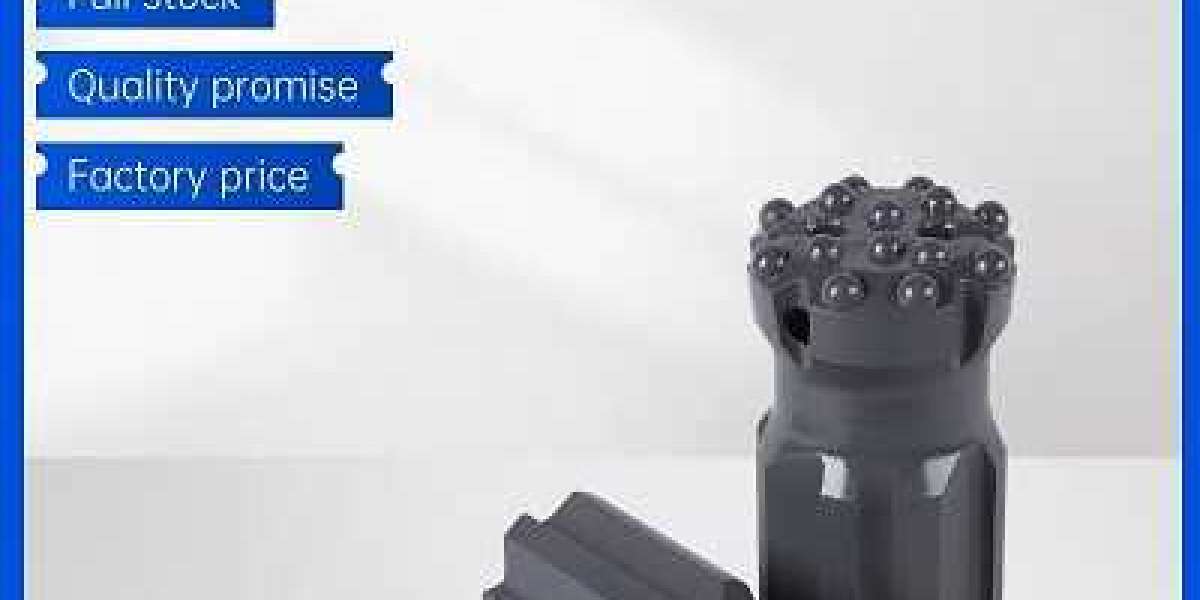When it comes to drilling operations, two crucial components play a starring role: Drill pipe and Button Bits. These unsung heroes of the drilling world work in tandem to bore through the Earth's crust, enabling everything from oil extraction to construction projects. Let's take a closer look at these essential tools and their dynamic partnership.
Drill Pipe: The Backbone of Drilling
Drill pipes are the sturdy backbone of any drilling operation. These long, tubular steel pipes are carefully designed to withstand the harsh conditions encountered during drilling. They come in various sizes and materials, but their purpose remains the same: to provide a conduit for drilling fluid and to transmit rotational power to the drill bit.
The drill pipe's design allows for a seamless flow of drilling mud or fluid down the pipe and back up to the surface. This serves multiple purposes, including cooling the drill bit, carrying away drill cuttings, and maintaining pressure in the borehole to prevent cave-ins. The durability of drill pipes is crucial, as they need to withstand extreme pressure, torque, and bending forces while maintaining their structural integrity.
Button Bits: The Cutting Edge of Drilling
On the other end of the drilling equation are button bits, which are responsible for breaking through rock, soil, or other materials. These bits are aptly named for their button-like, hard, and durable inserts, usually made of tungsten carbide. These inserts are strategically placed on the bit's face to withstand the abrasion and impact encountered during drilling.
Button bits come in various shapes and sizes to suit different drilling requirements. For example, flat-faced button bits are suitable for soft formations, while concave-faced bits are ideal for harder rock. The choice of button bit depends on factors like the type of material being drilled, the desired drilling speed, and the depth of the borehole.
A Symbiotic Relationship
The synergy between drill pipe and button bits is what makes drilling operations possible. Here's how they work together:
1. Rotational Power: The drill pipe, connected to the drilling rig, transmits rotational power from the surface to the button bit deep underground. This rotation allows the button bits to grind or cut through the earth's layers.
2. Cutting Action: As the button bits rotate, the hard inserts come into contact with the material being drilled. Their sharp edges break, crush, or shear the material, creating a borehole.
3. Cooling and Flushing: Simultaneously, drilling fluid is pumped down the drill pipe and through the bit's center. This fluid serves to cool the button bits and carry away drill cuttings to the surface, keeping the borehole clean and preventing overheating.
4. Pressure Control: The drill pipe also helps maintain pressure in the borehole to prevent collapses or blowouts, ensuring a stable drilling environment.
Conclusion
The partnership between drill pipe and button bits is a testament to human ingenuity and engineering. These seemingly simple tools are the driving force behind a wide range of industries, from mining and oil exploration to geothermal drilling and construction.
Next time you see a towering drilling rig or a construction site buzzing with activity, remember the unsung heroes working deep underground—the drill pipe and button bits. Their quiet efficiency allows us to reach new depths, explore uncharted territories, and tap into valuable resources, all while shaping the world we live in.








